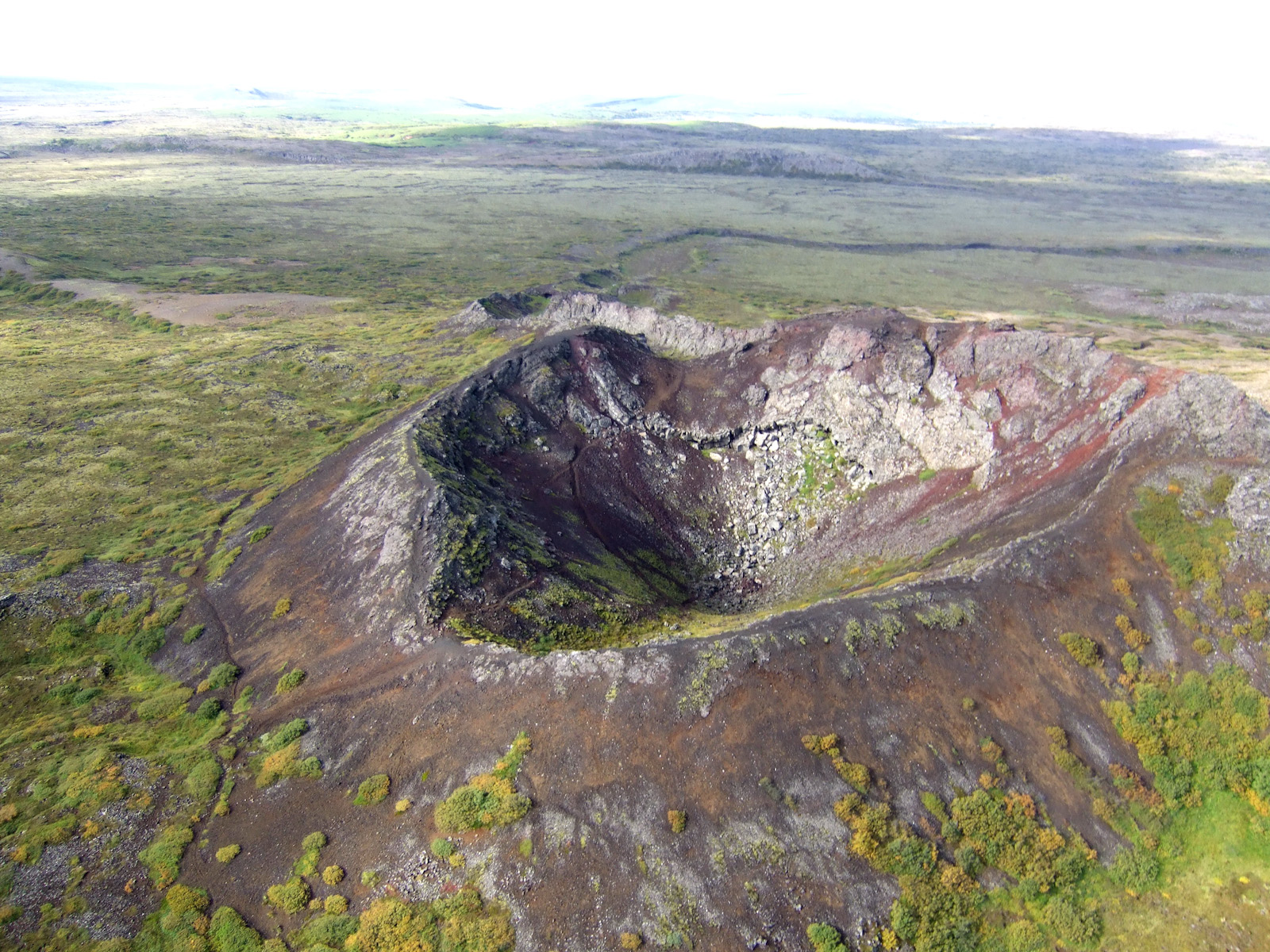Burfell, Gardabaer

Búrfell, Búrfellsgjá and Selgjá in Garðabær were protected as a natural monument on June 25th 2020.
The area is a great example of geological formations that are unique in the country and have a high scientific and educational value. Búrfell and channels left by lava flows from the crater, canyons and faults are very prominent in the landscape. Búrfell is a single cinder and spatter cone that is a part of the Krýsuvík volcanic system. Early in modern times, about 8,100 years ago, the lava field Búrfellshraun flowed from Búrfell, and it has a variable appearance depending on areas. Closest to Búrfell’s roots, the lava field is smooth pahoehoe lava with lava channels with caves. Farther from the roots, it is a rubbly pahoehoe lava. Within the area, there are a number of cultural relics, such as sheep shelters and sel ruins (summer herder shelters) that can be considered unique for their kind, built by the canyon ridges with communal living rooms, kitchens, pens and sheep folds. A part of the area has been protected as a part of the Reykjanes country park since 1975.
The area covers an area of 380 ha.